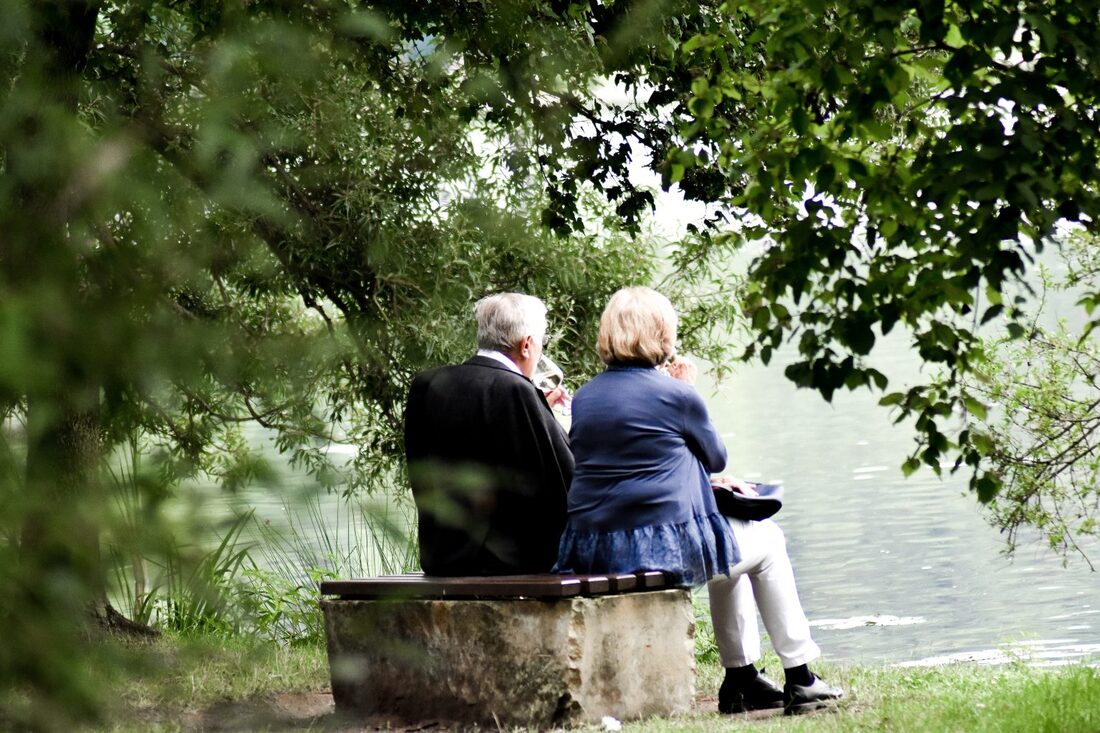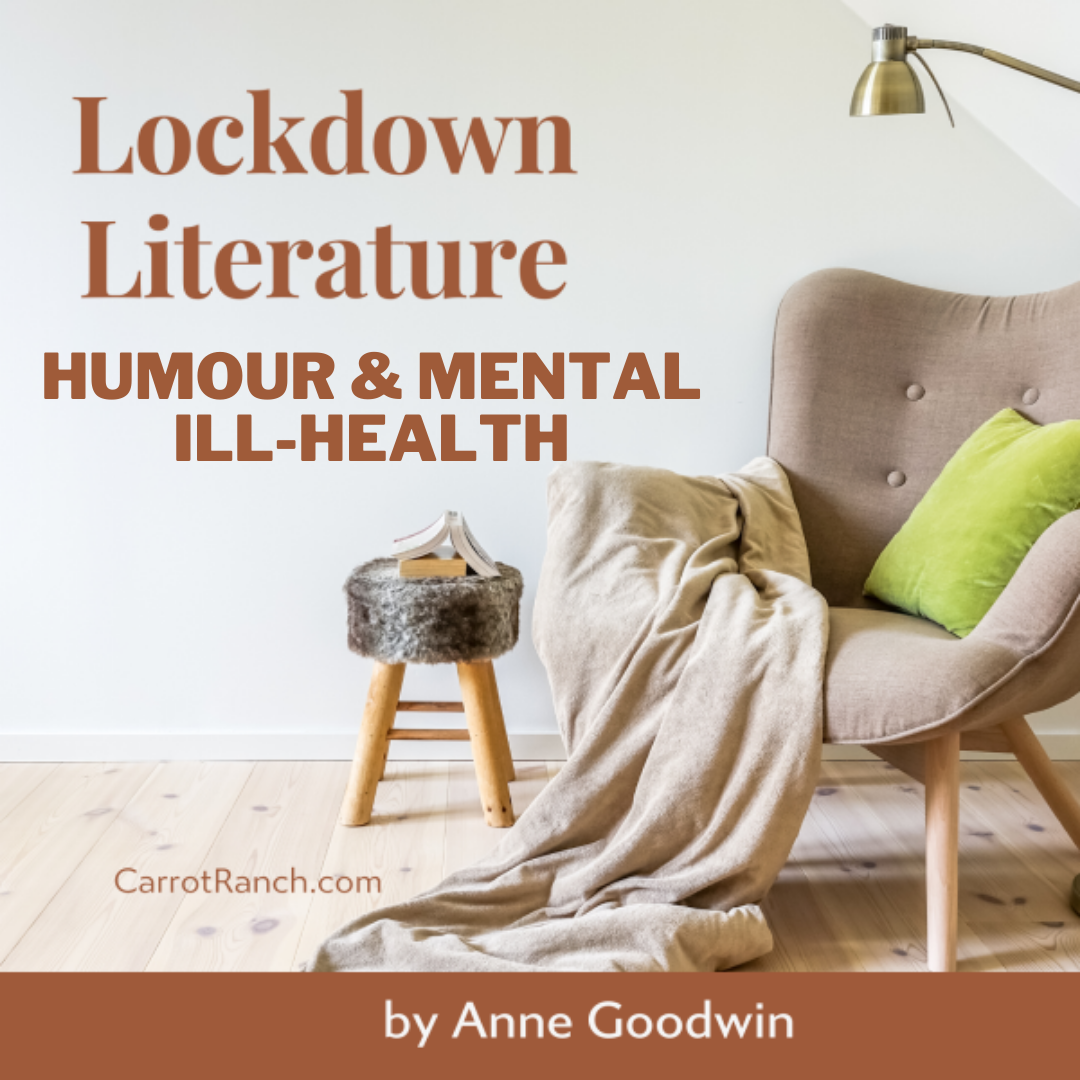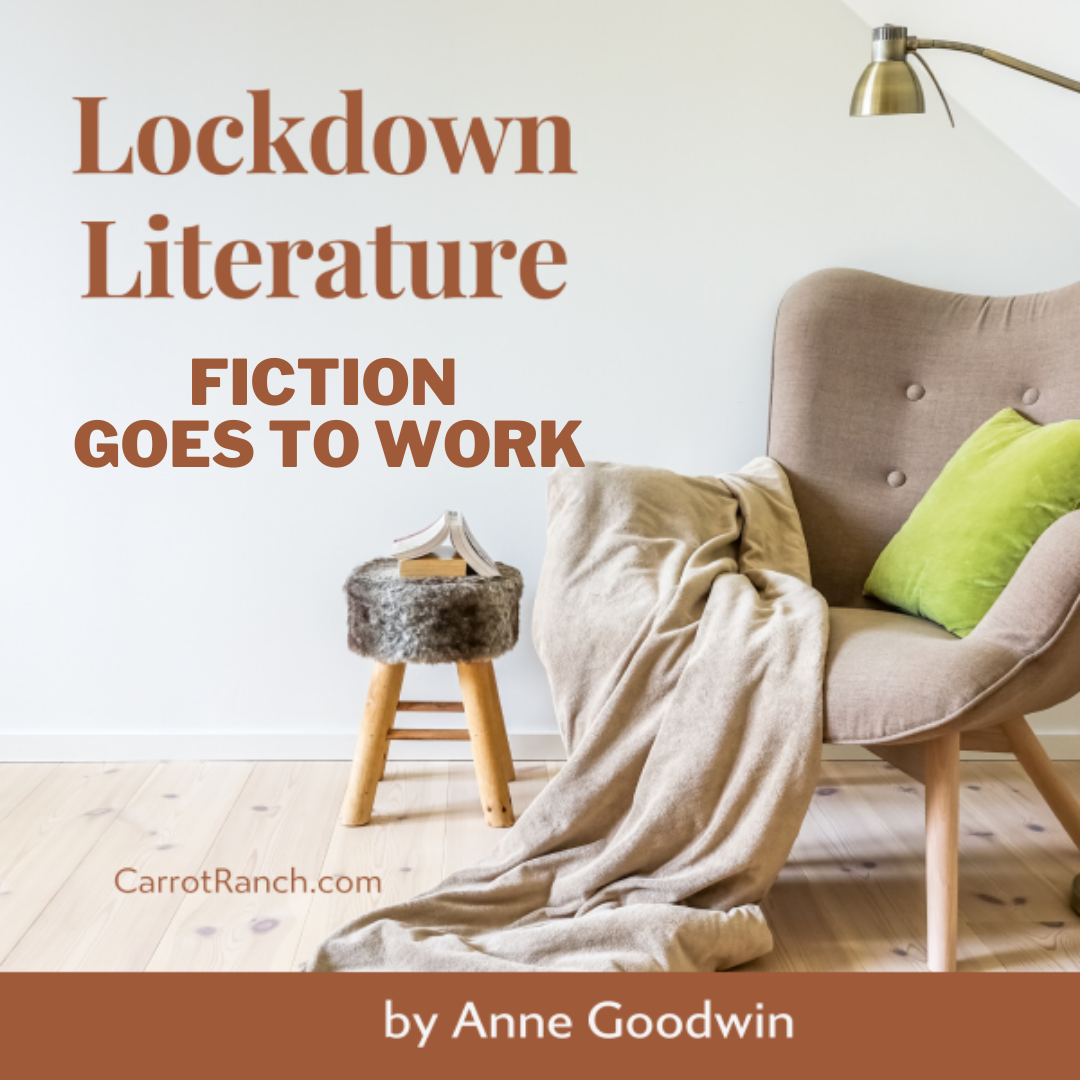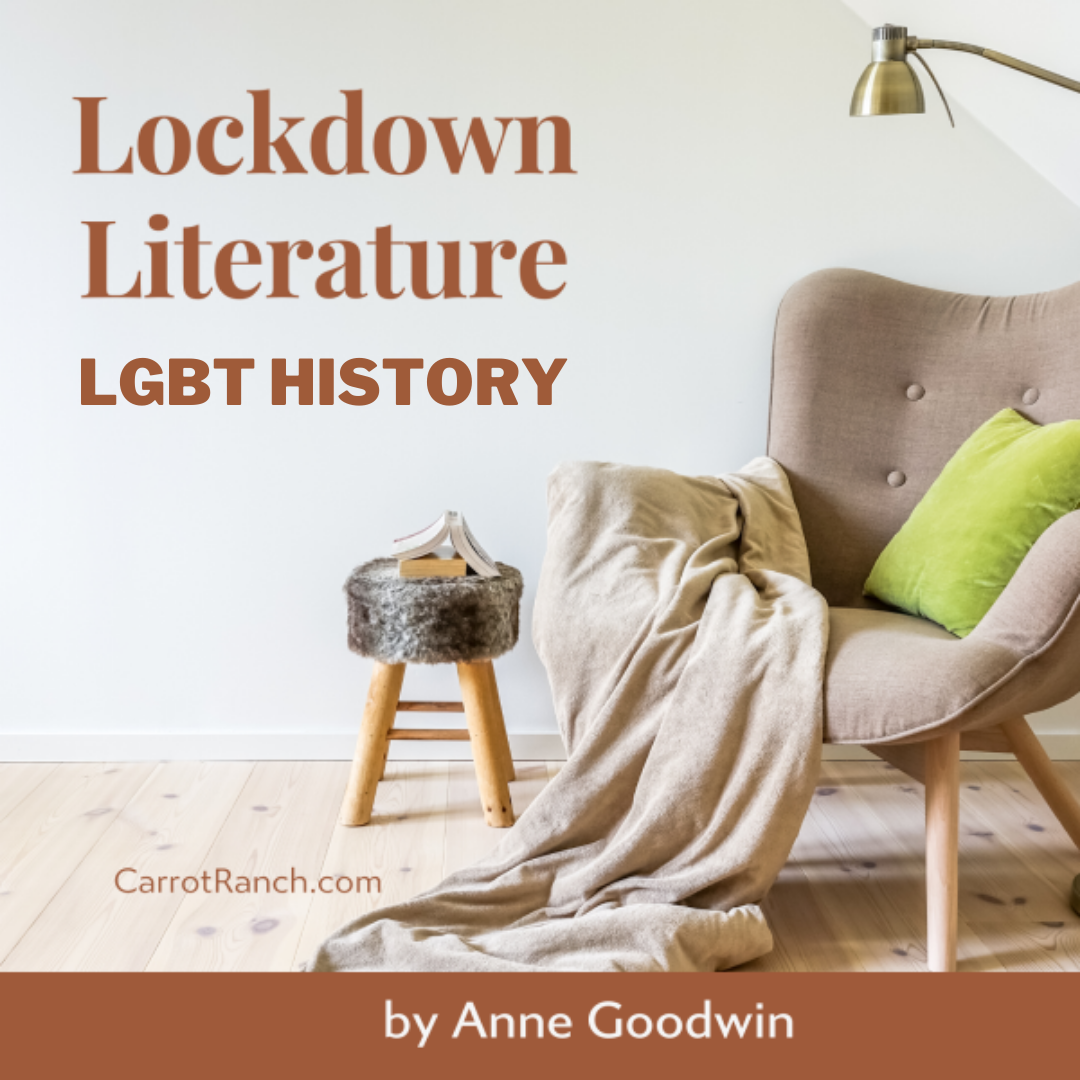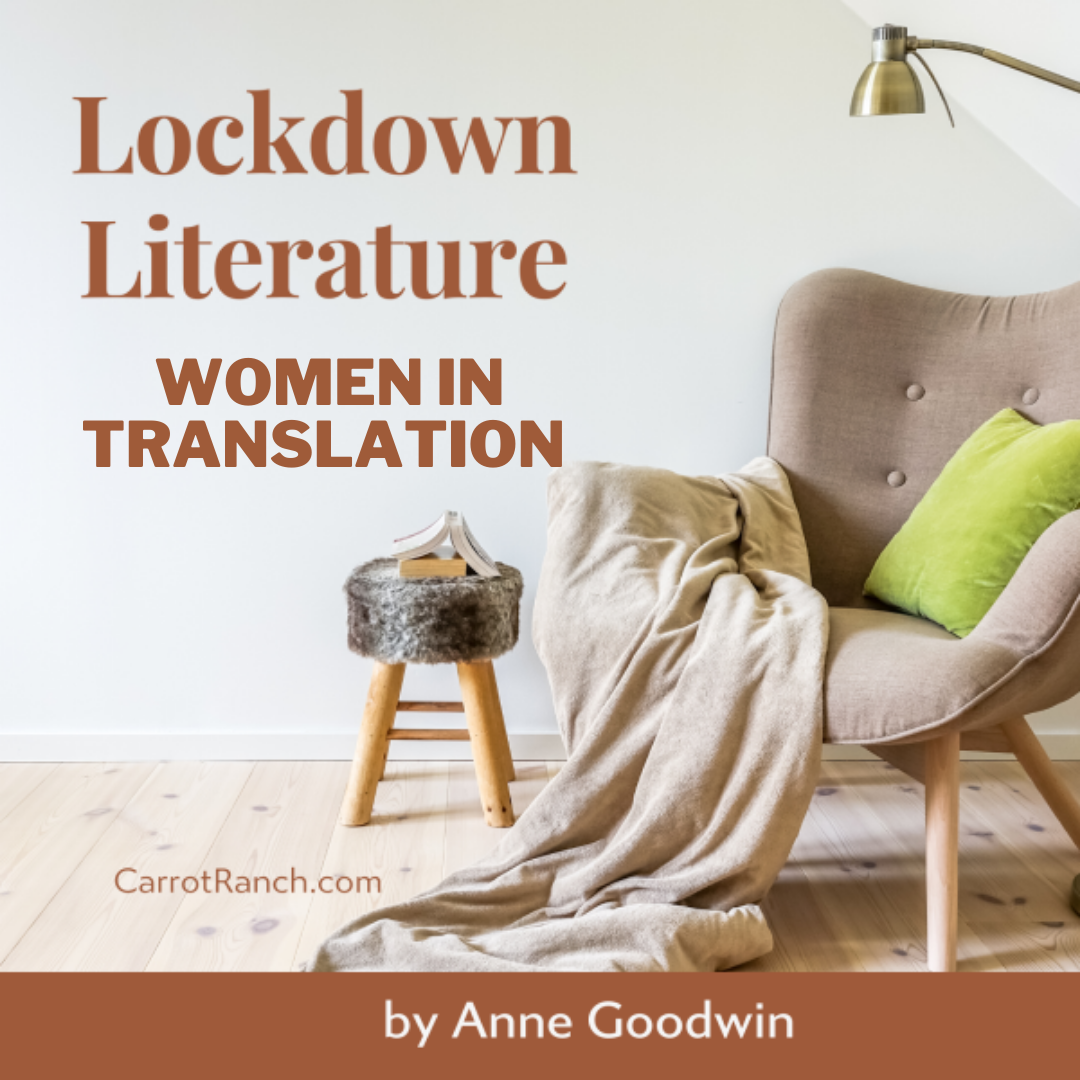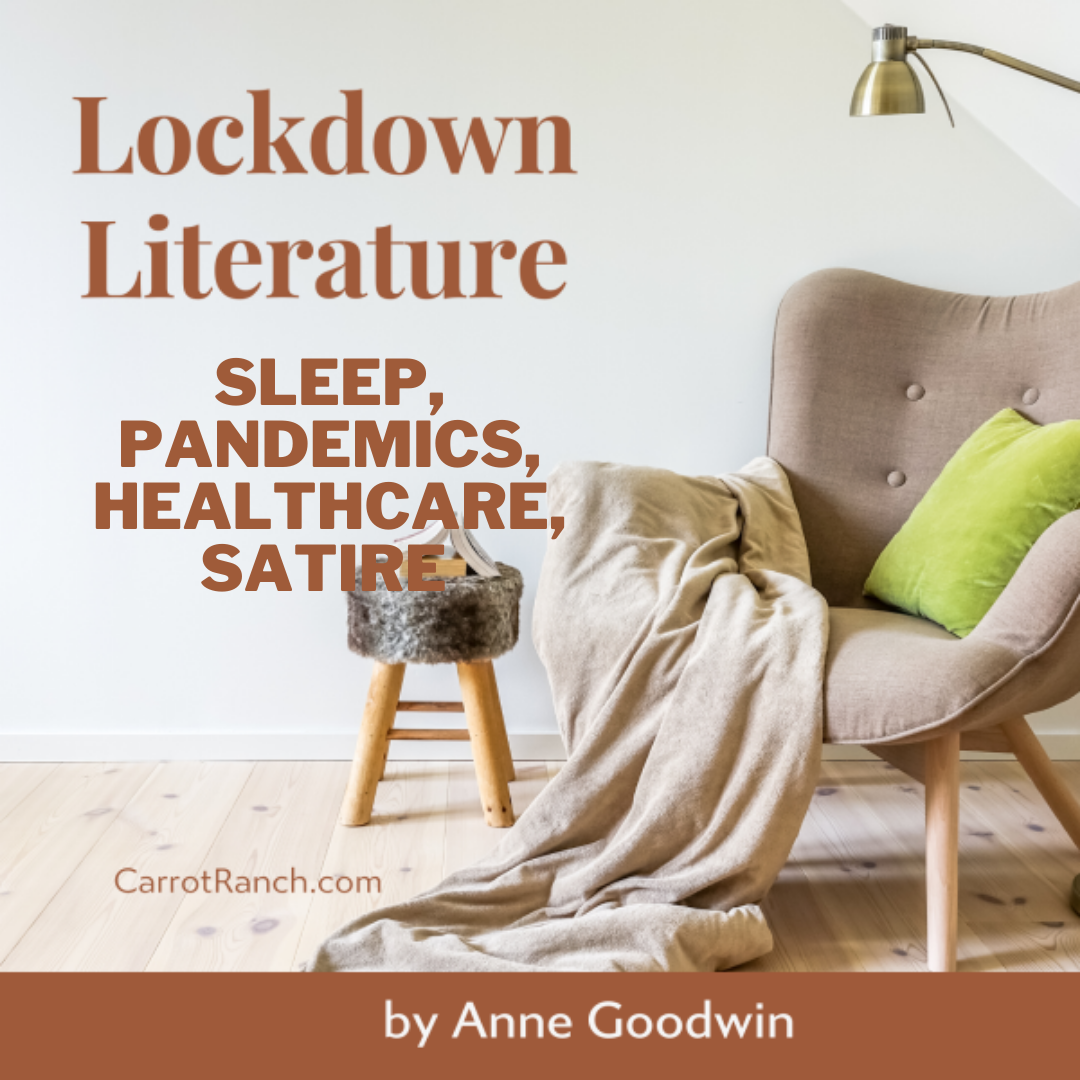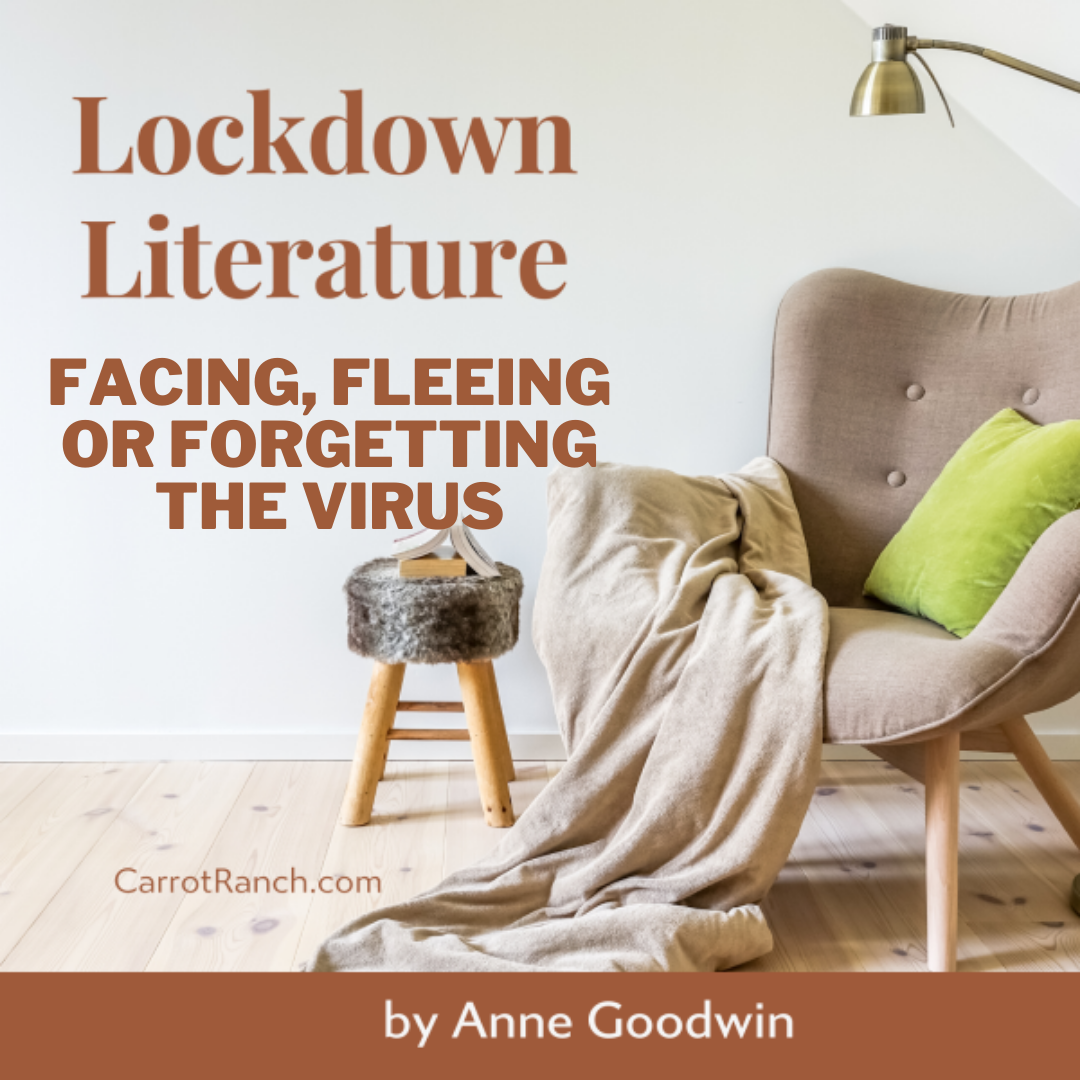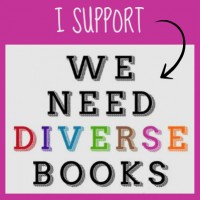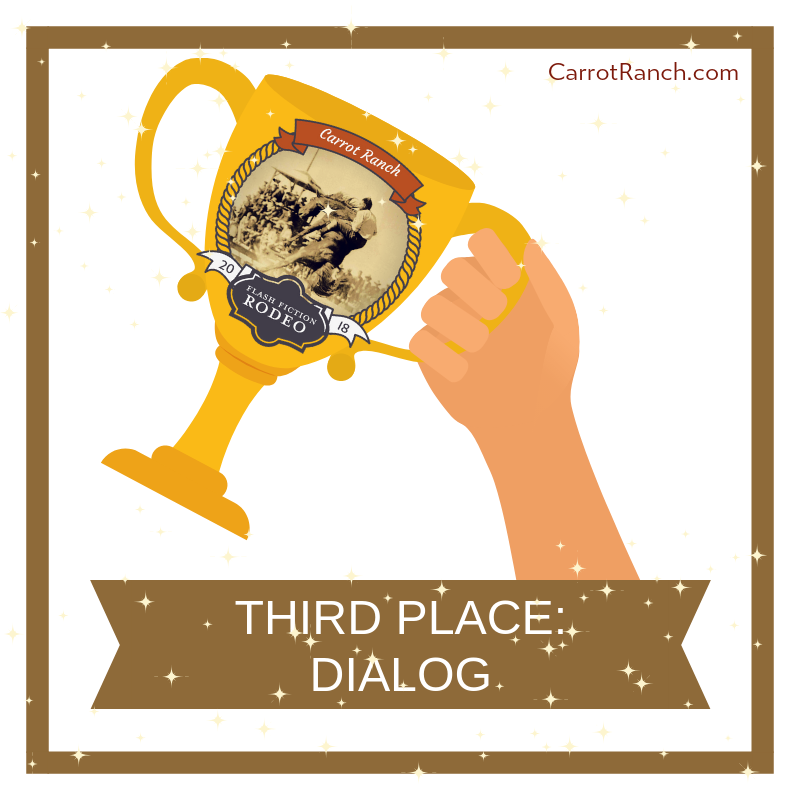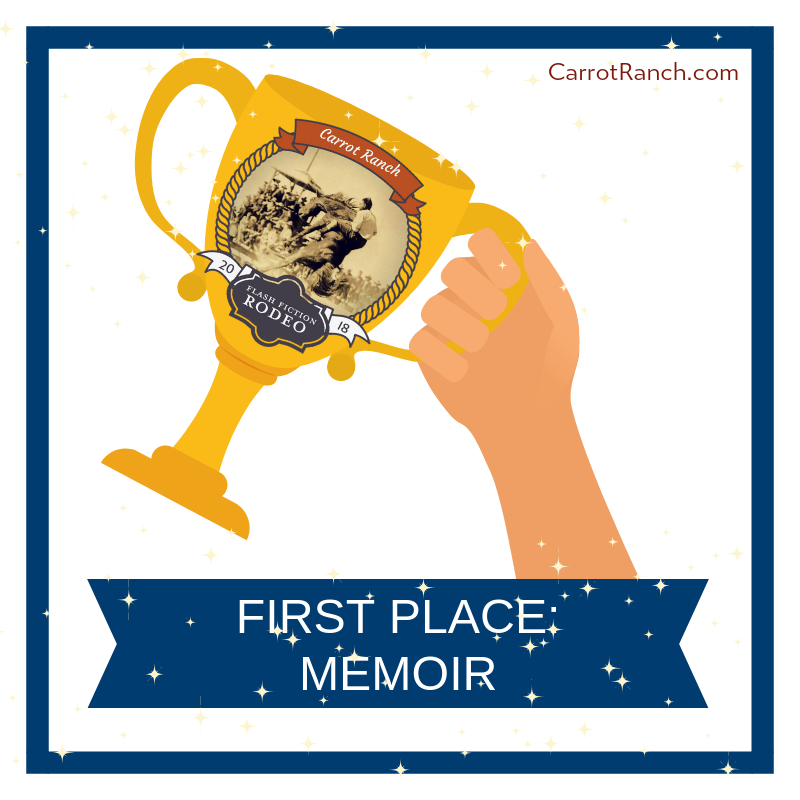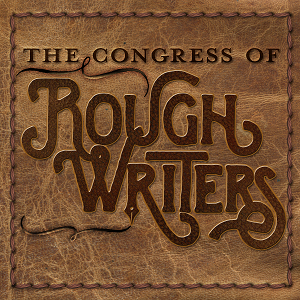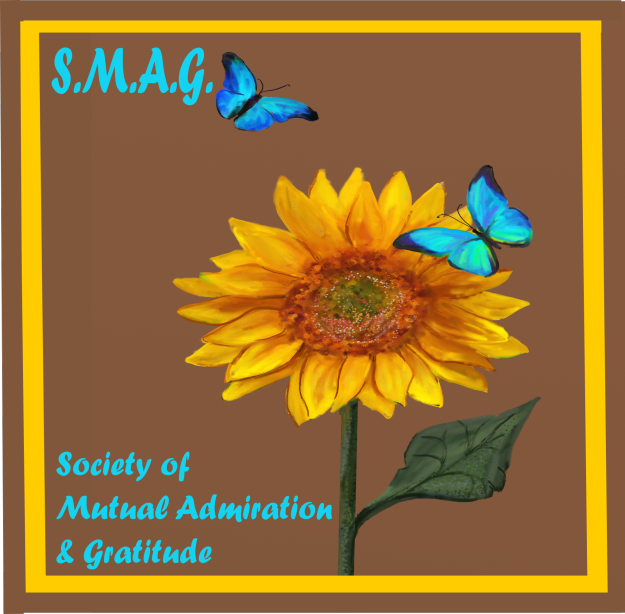Welcome
I started this blog in 2013 to share my reflections on reading, writing and psychology, along with my journey to become a published novelist. I soon graduated to about twenty book reviews a month and a weekly 99-word story. Ten years later, I've transferred my writing / publication updates to my new website but will continue here with occasional reviews and flash fiction pieces, and maybe the odd personal post.
Connections: The Sweet Indifference of the World & The Aunt Who Wouldn’t Die & Coming up for Air13/7/2020 Mmm, seems I’ve chosen books with long titles for this threesome! But the reason I couldn’t bear to choose a couple and leave the other on the sidelines awaiting a partner is that they are all about characters connecting in unconventional ways. Firstly, I review a novella in translation about a writer meeting a man who seems to be a younger version of himself. In a second translated novella, a woman ensures that more than her memory lives on after her death. In the third, a literary novel, two women are linked via an invention that a third character plays an active part in developing.
8 Comments
The young protagonists of these two novels are worlds apart in time, geography and social class and expectations. The first is a Hungarian translation about a girl sent to an elite boarding school during the Second World War; the second is a fantasy about a street kid trying to rise above his physical and social disadvantages. Both feature endearing teenagers grappling courageously with injustice and, in the process, learning about themselves.
Where once it was religion that kept the poor downtrodden, now it’s capitalism as expressed in the Great American Dream, that we can all be winners if we set our minds to it. Both these novels transport the modern mind to a time and place where characters are conscious that not everything that happens is under their control. But that doesn’t stop them from trying to appease the superpowers or exercise free will. In the first, we meet a group of thirteenth century pilgrims sacrificing earthly pleasures for an easier eternity; in the second, a young woman in modern secular India grapples with the ancient Hindu concept of fate.
Realising I needed a stronger reason for pairing these recent reads than the alliterative letter L, I nevertheless feel shabby to have linked them through the childminder role. Okay, the nanny is the protagonist of the first, although she remains a shadowy figure, but only one of many characters in the second where it’s as a mother, rather than as a parent substitute, that she advances the story. But, as was noted at the Zoom meeting of my book group discussion of Lullaby, nannies are as invisible in literature as they are in life. Rather belatedly, I also see that they’re both about fault-lines: the first metaphorically, the second geologically.
Strange bedfellows these two translations: the first an historical novel from France; the second a contemporary slipstream novel from South Korea. My excuse for linking them is an issue that was on my mind the day I finished the first and started the second, thanks to a non-fiction book I had ordered. Although women being blamed for sexual abuse and harassment is only a minor issue in these novels, it’s so important I make no apology for ushering it into the limelight.
I’ve recently read two historical novels about morality with surprising echoes of our current pandemic. The first is a fun story set in 17th-century London about a young woman concerned about losing the respect of her relatives when she turns to prostitution after becoming homeless during the Great Plague. The second is set in a copper mining community in 1850s South Africa, where lives are lost because the owners put profit before people.
If you’re reading through the lockdown, or listening to more music, you might be interested in these two books featuring dual narratives connected via an “instrument” of the arts. The second is a translated novella set in and around a real-life bookshop and publishing house; the first is about heartbreak compounded by the fear of letting go from a publisher who mostly does translations.
I’ve recently read two alternative histories about what we do with the darker or unwanted parts of ourselves: how we reveal them to, or hide them from, ourselves and others; how societies develop rituals to manage the exposure and cleansing; how power effects what’s allowed. If that sounds overly intellectual, don’t worry; both of these have story at the heart.
I’ve recently read two novels in translation featuring a homecoming to troubled parts of the world. The first is about the son of a Colombian drug baron; the second about three friends in a divided Korea. Both are firmly grounded in those countries’ painful histories; the violence and anxious atmosphere makes me grateful I’ve only the coronavirus pandemic to worry about.
I’ve read a lot of excellent historical novels by female authors, but they don’t always (and this isn’t necessarily a criticism) forefront the female experience. For Women’s History Month I’ve plucked from my shelves, real and virtual, a few that particularly highlight the lives of women in days gone by. Firstly, I’m recommending 8 novels fictionalising famous and relatively unknown women; secondly I’ve selected 8 (from potentially hundreds) exploring historical happenings through a female perspective. All are from female authors who might yet become historical figures themselves!
Allow me to introduce you to a pair of novels about literally and metaphorically staying afloat in choppy waters. The first is a cli-fi translated novel about abandoned children; the second a historical debut about a woman at sea in a man’s world. Both are page-turners, so read on!
History with meddlesome jinns and fairies: The Ninth Child & The Enlightenment of the Greengage Tree29/2/2020 My two final reviews for February are of historical novels with touches of culturally-appropriate magic realism. They also feature the losses and gains of relocating from a major city to a rural area in a period of rapid social change. The first is about public health and engineering in nineteenth century Scotland; the second is set between the late twentieth century and the present in post-revolutionary Iran.
These two novels feature the displacement of people and the unique cultures and environments they left behind. The first introduces us to the remote Scottish island of St Kilda whose depleted population was evacuated to the mainland in 1930. The second links Venice with the Sunderbans in the Bay of Bengal via folklore and cli-fi. Despite their complementary covers, they’re very different books.
These two recent reads explore physical and psychological survival, or otherwise, in extreme weather conditions. The first is a historical novel about the devastating human, climactic and economic consequences of a volcanic eruption in Indonesia. The second is a translated novella about vulnerable hermit overwintering in the Italian Alps. If you choose to read either of these, you won’t be disappointed.
Both of these novels defy easy classification, but I’ve chosen to pair them for their themes of the legacy of slavery, or the way in which owning another person demeans us all. In the first, we follow a young man, marked by his unusual appearance, from babyhood in Jamaica shortly before independence to England and back. The second is a translated Argentinian dystopian novel about cannibalism. In both novels, a character, or characters, withhold or are denied their voice.
That’s right, both novels are about daughters: the first a debut about the claustrophobic bond between mothers and daughters exacerbated by the claustrophobic island setting; the second a translation from Hebrew set in late 19th-century Russia about the consequences of a father teaching his younger daughter his unusual trade. Of course there might be other connections but, as you’ll see if you read to the end, right now, I’ve got fictional daughters on the brain.
In what circumstances is it acceptable for women to abandon their traditional roles? What are the consequences if they should do so ill-advisedly? Although these two novels are set in different times and cultures to my own, they raised questions for me as to how far we can safely step out of line. The first novel pays homage to the forgotten women of Ethiopia who took up arms when the country was invaded by Mussolini’s troops. In the second, set in seventeenth century north Norway, the women have no choice but to do the jobs previously carried out by their menfolk when a storm at sea wipes out most of the male population, only for some to find themselves accused of witchcraft a few years later.
What could these two novels possibly have in common other than the similar colours on the covers, and that I read them consecutively in the week they were published in the UK? The first is a family saga spanning six decades from the Spanish Civil War to the defeat of Pinochet in 1990s Chile from a doyenne of Latin American literature. The second is a debut about madness and motherhood. Both are concerned with exile, to and from Europe and the Americas; the latter also addressing psychological exile from the self.
Although these two historical novels are very different, both sparked some deep reflection about the workings of the human mind, and especially how our reasoning and problem-solving is influenced by beliefs and assumptions which, in turn, are shaped by the times and cultures in which we live. Both are set primarily in mainland Europe – the first in the seventeenth century and the second towards the end of the nineteenth century and the beginning of the twentieth – and feature – predominantly in the first and latterly in the second – countries ravaged by war.
Having begun the year’s reviews with a Kindle catch-up, including a couple of single-author collections, my attention was drawn to another couple of multi-author short-story anthologies waiting on my physical shelf. I don’t know why I’d neglected them. Perhaps because anthologies are harder than novels to review? Whatever reason, I’ve finally read them. Enjoyed them. And now I’m here to tell you why.
Both these novels feature characters who are challenged and/or challenge others with their different-from-average minds. In the first, it’s a young man with Down’s syndrome, viewed from the perspective of his loving father. In the second, it’s a young woman, latterly diagnosed with schizophrenia, who inadvertently time travels to Elizabethan England. If that doesn’t sound like your kind of book, do give me the chance to persuade you otherwise!
|
entertaining fiction about identity, mental health and social justice
Annecdotal is where real life brushes up against the fictional.
Annecdotist is the blogging persona of Anne Goodwin:
reader, writer, slug-slayer, tramper of moors, recovering psychologist, struggling soprano, author of three fiction books. LATEST POSTS HERE
I don't post to a schedule, but average around ten reviews a month (see here for an alphabetical list), some linked to a weekly flash fiction, plus posts on my WIPs and published books. Your comments are welcome any time any where. Get new posts direct to your inbox ...
or click here …
Popular posts
Categories/Tags
All
Archives
March 2024
BLOGGING COMMUNITIES
|
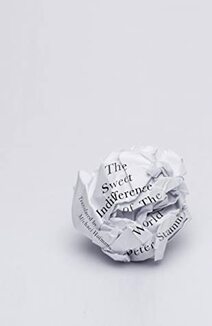
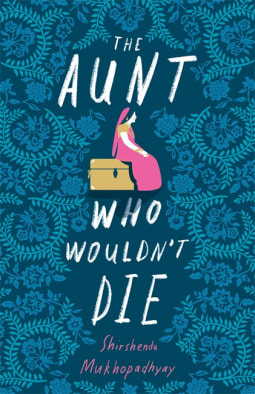
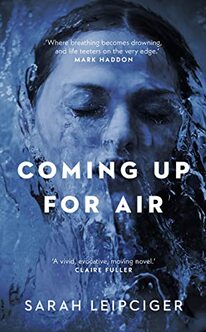
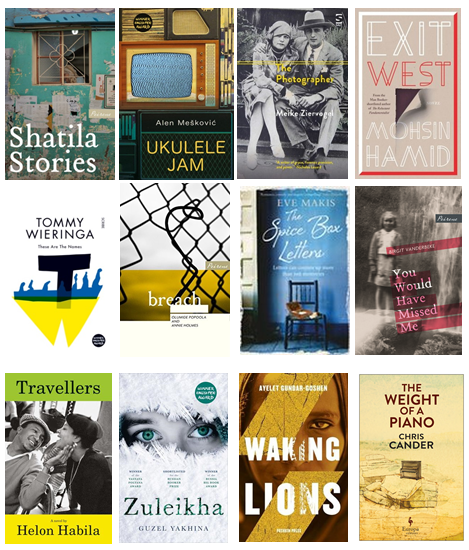
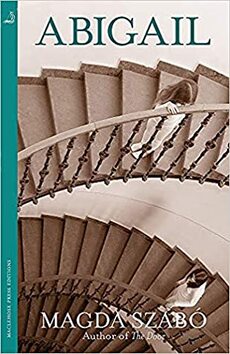
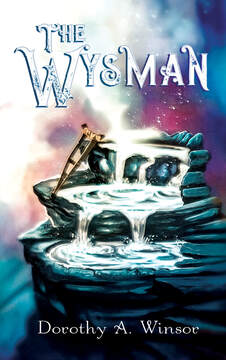
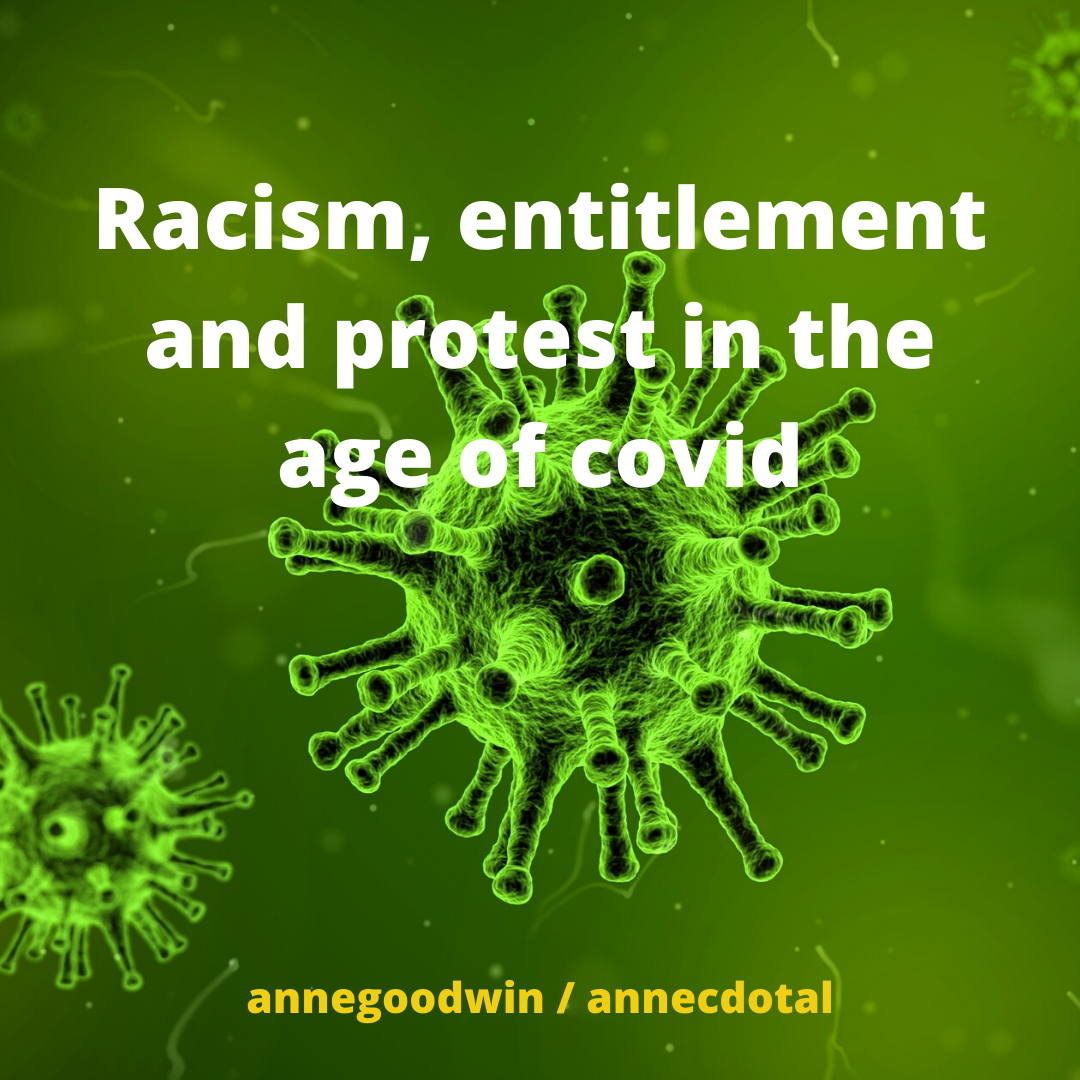
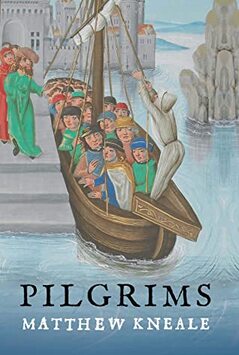
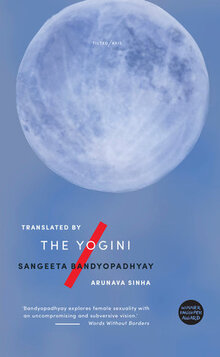
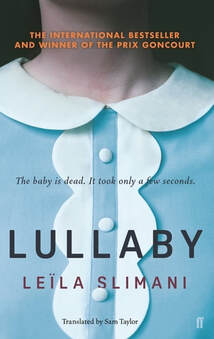
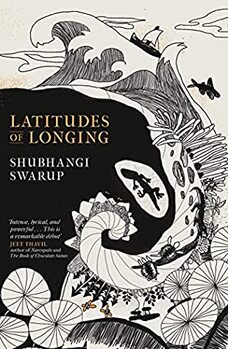
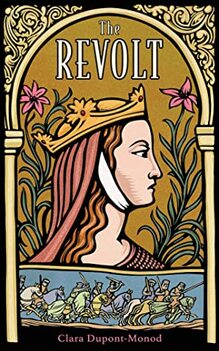
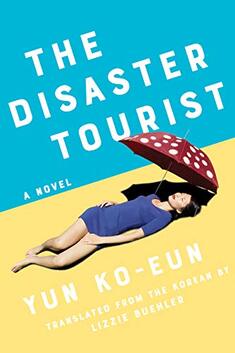
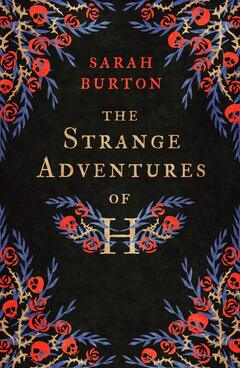
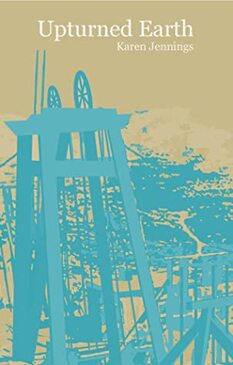
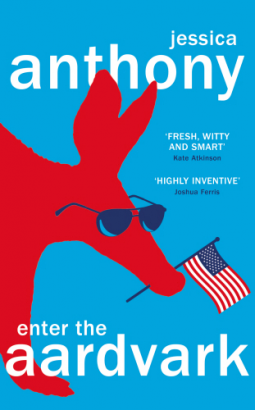
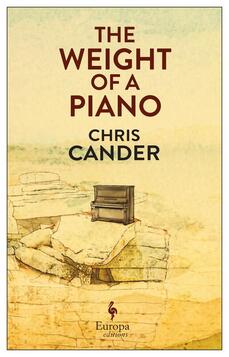
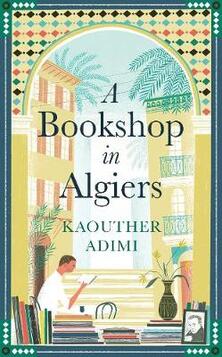
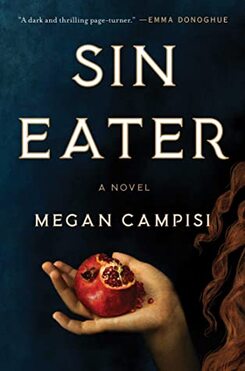
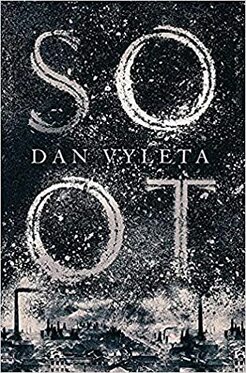
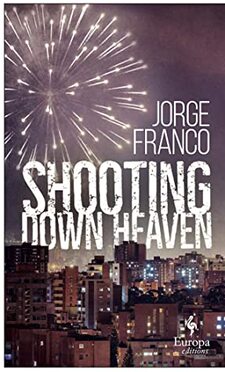
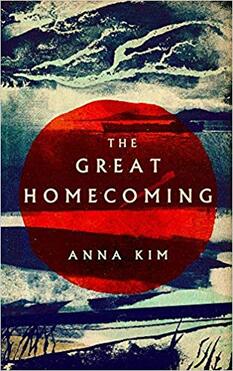
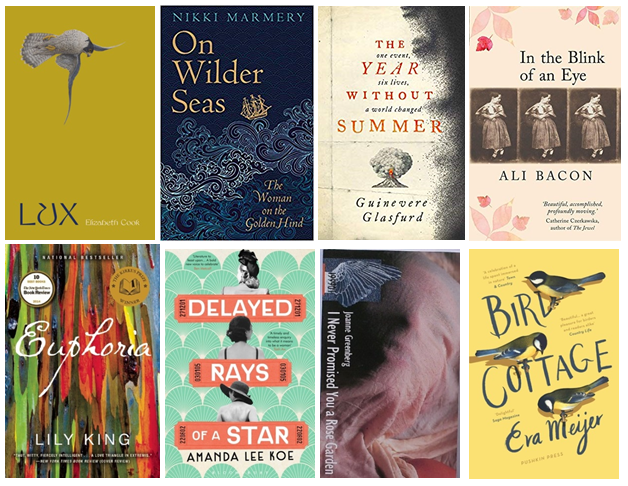
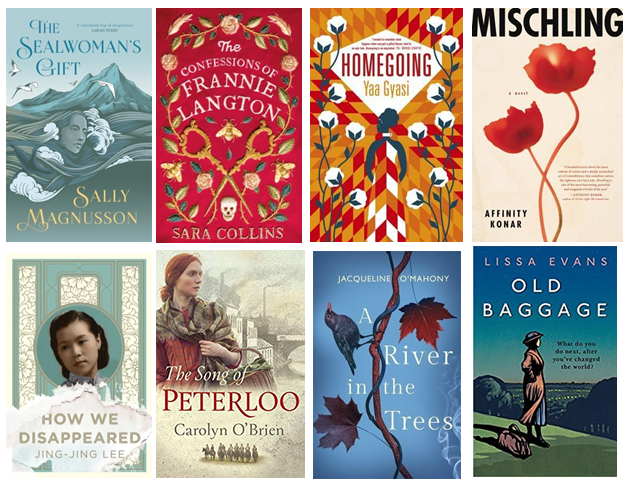
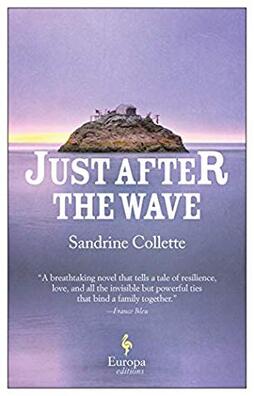
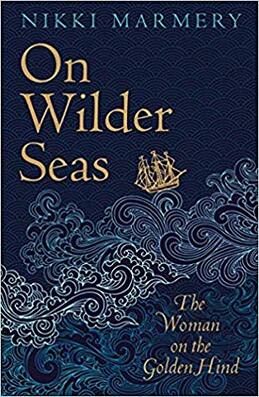
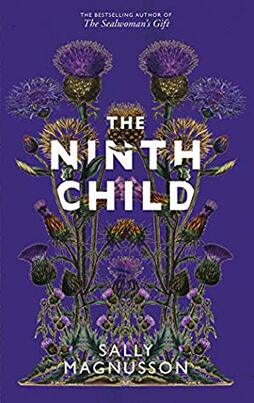
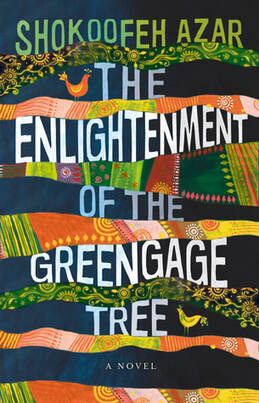
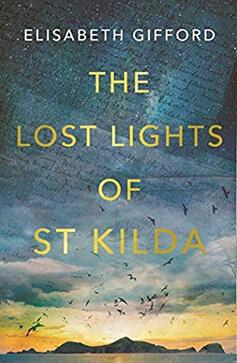

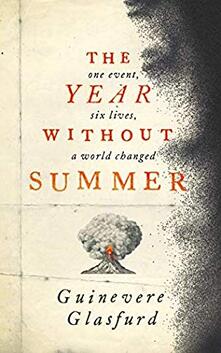
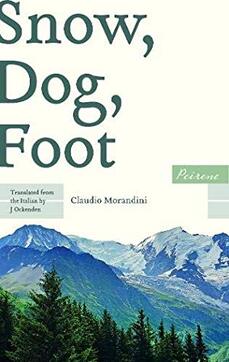
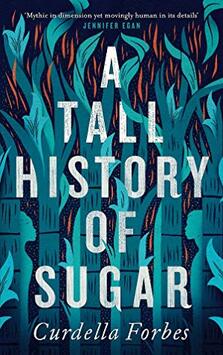
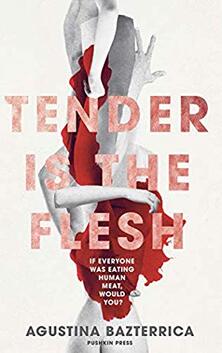
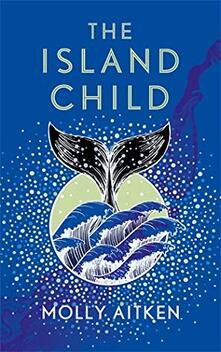
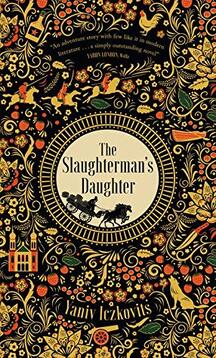
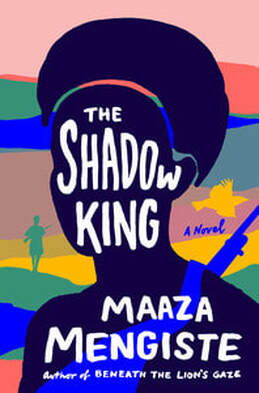
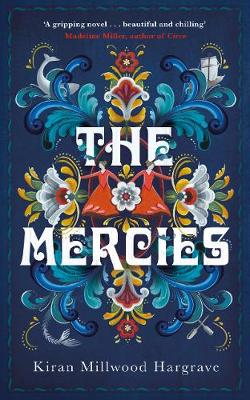
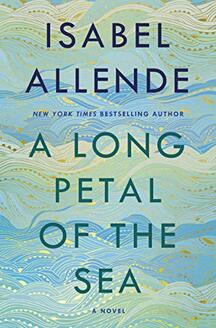
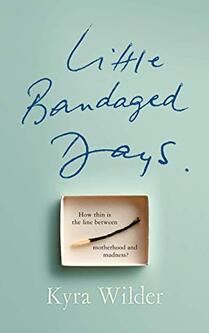
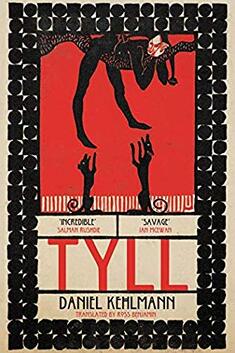
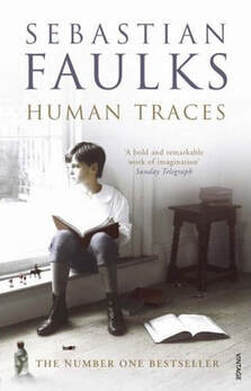
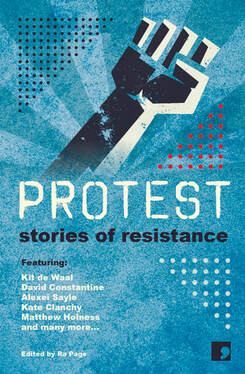
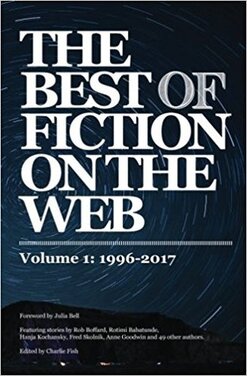
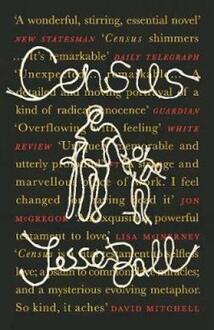
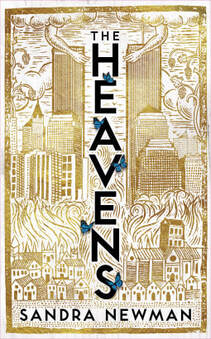
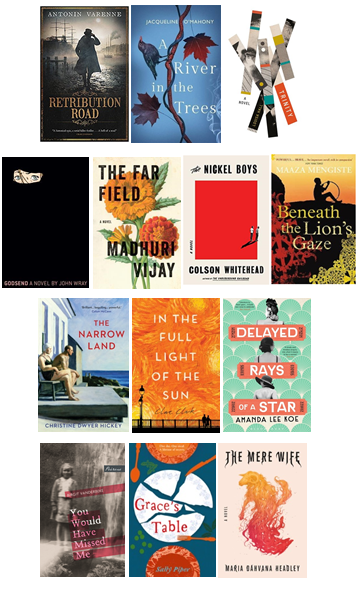
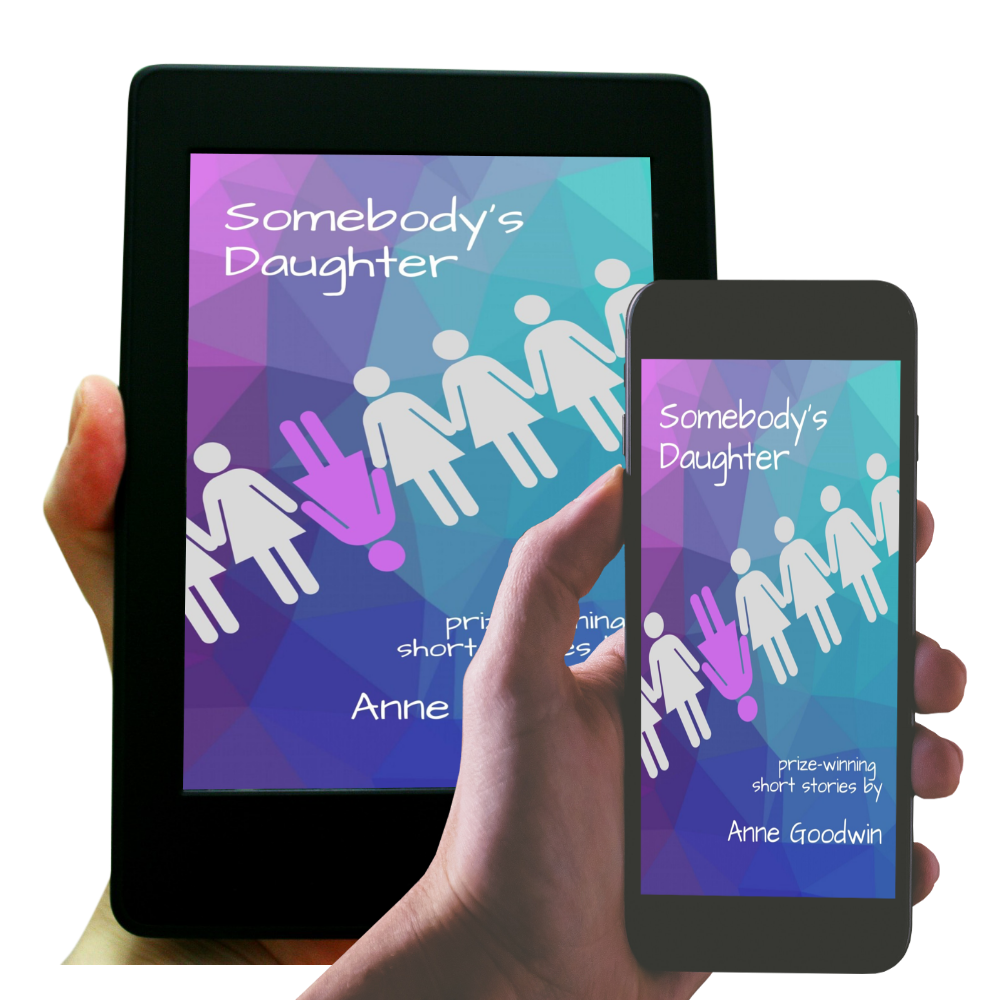
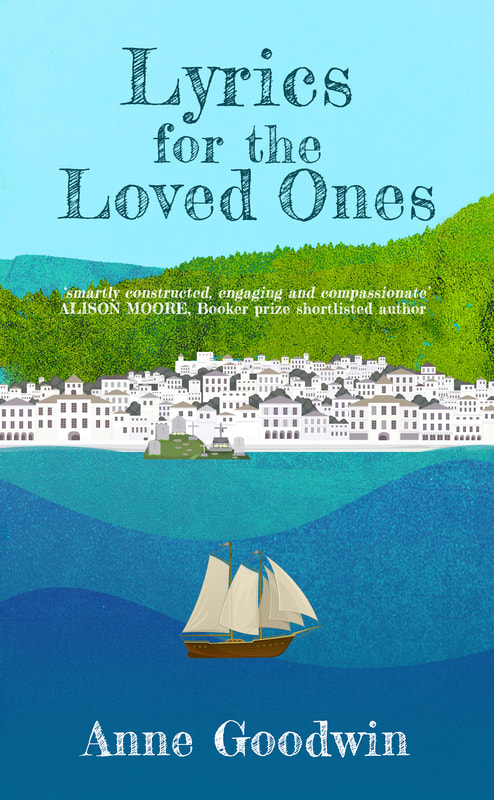
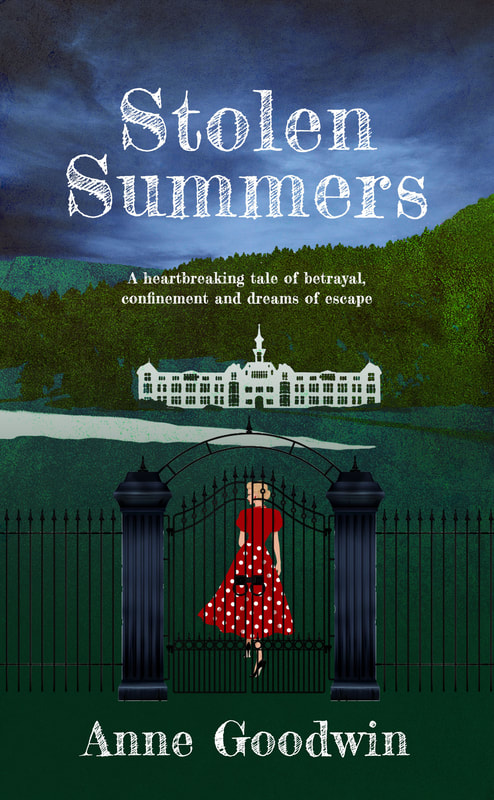


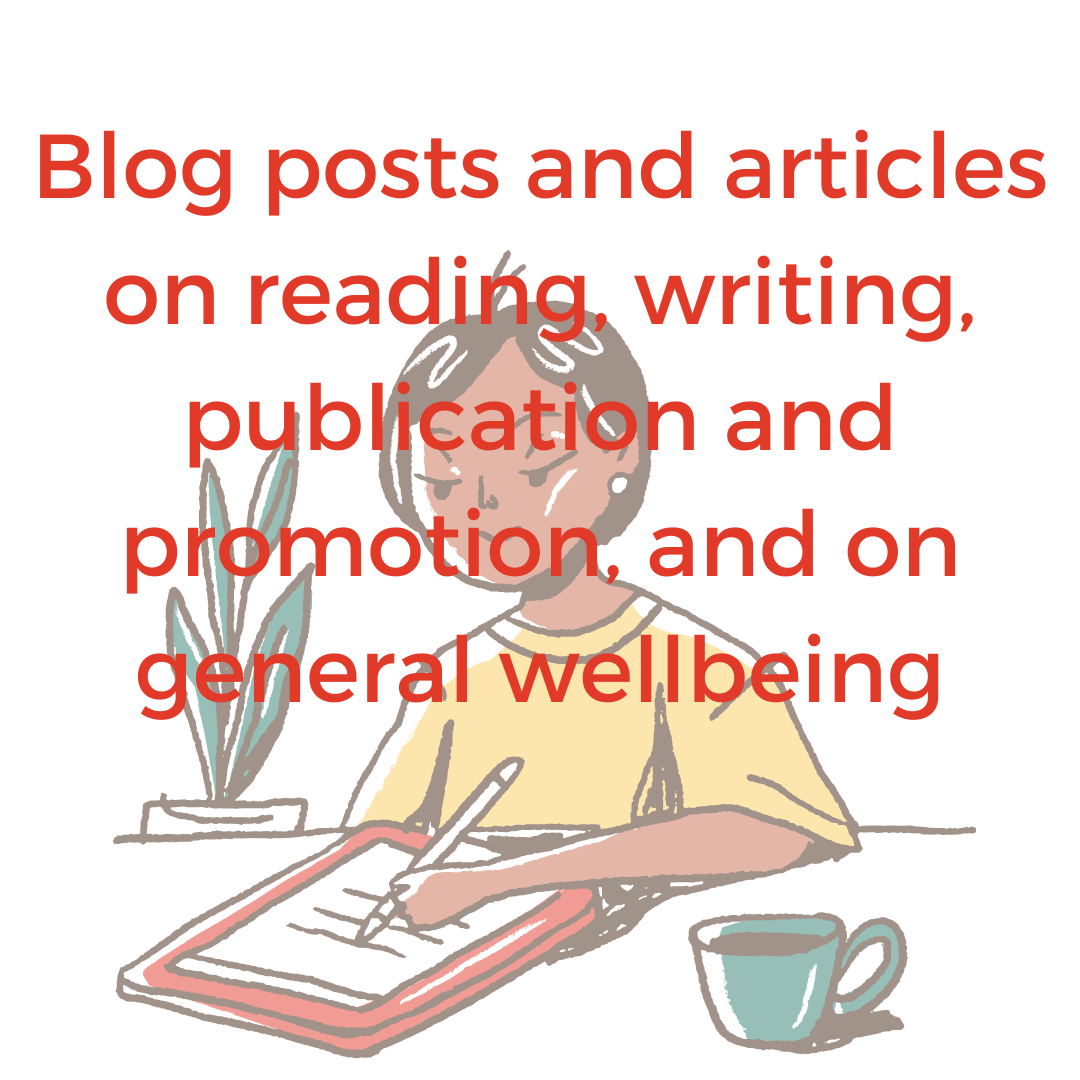
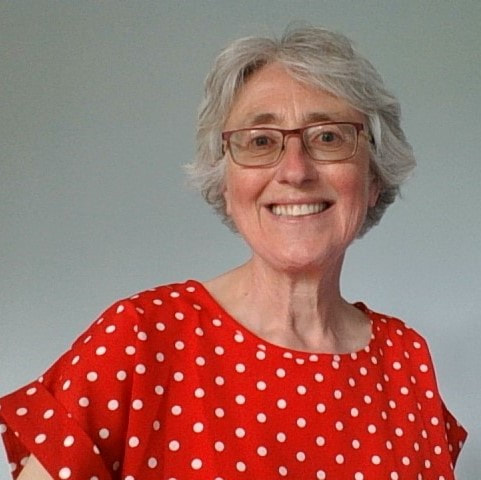
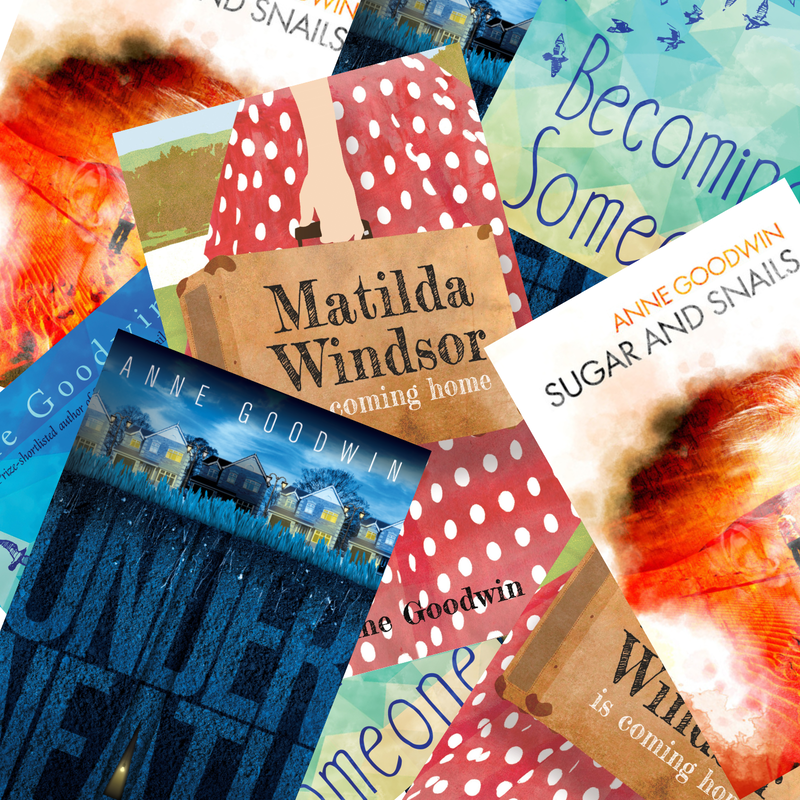
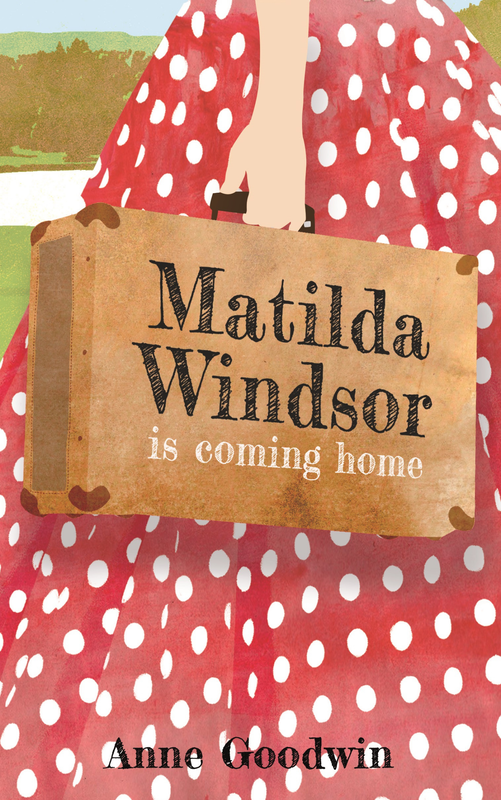
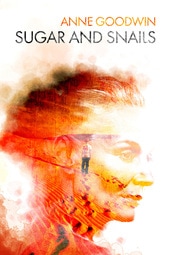

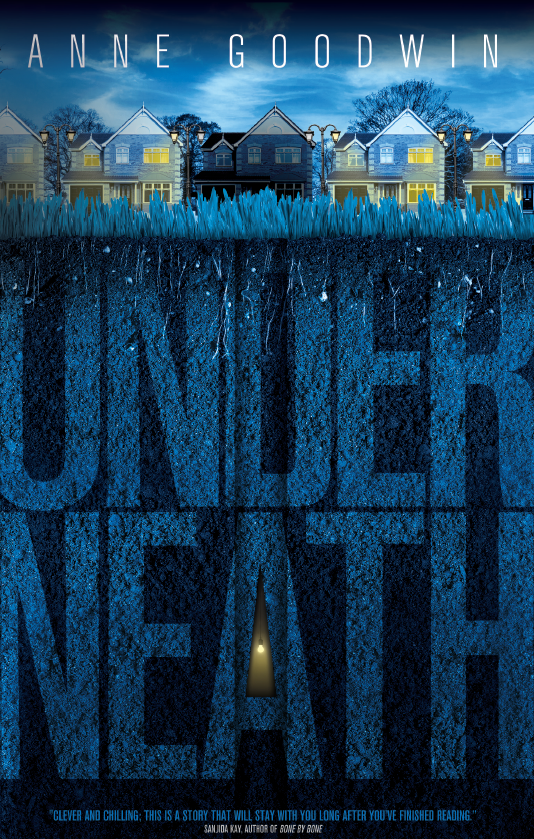
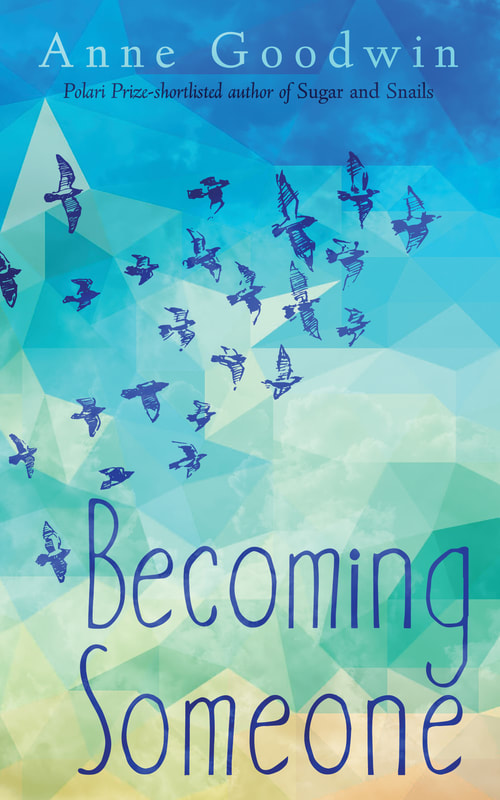






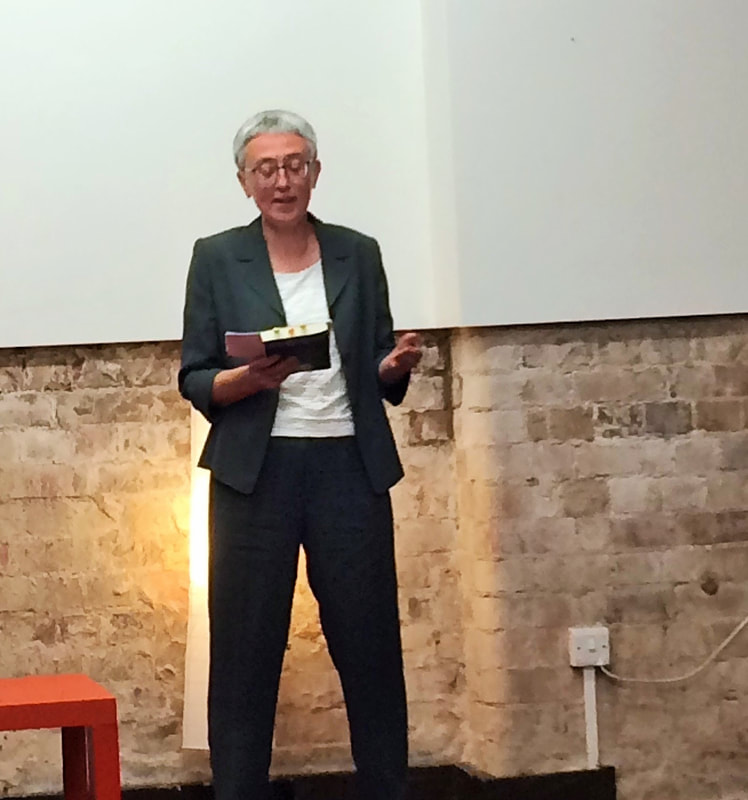

 RSS Feed
RSS Feed

